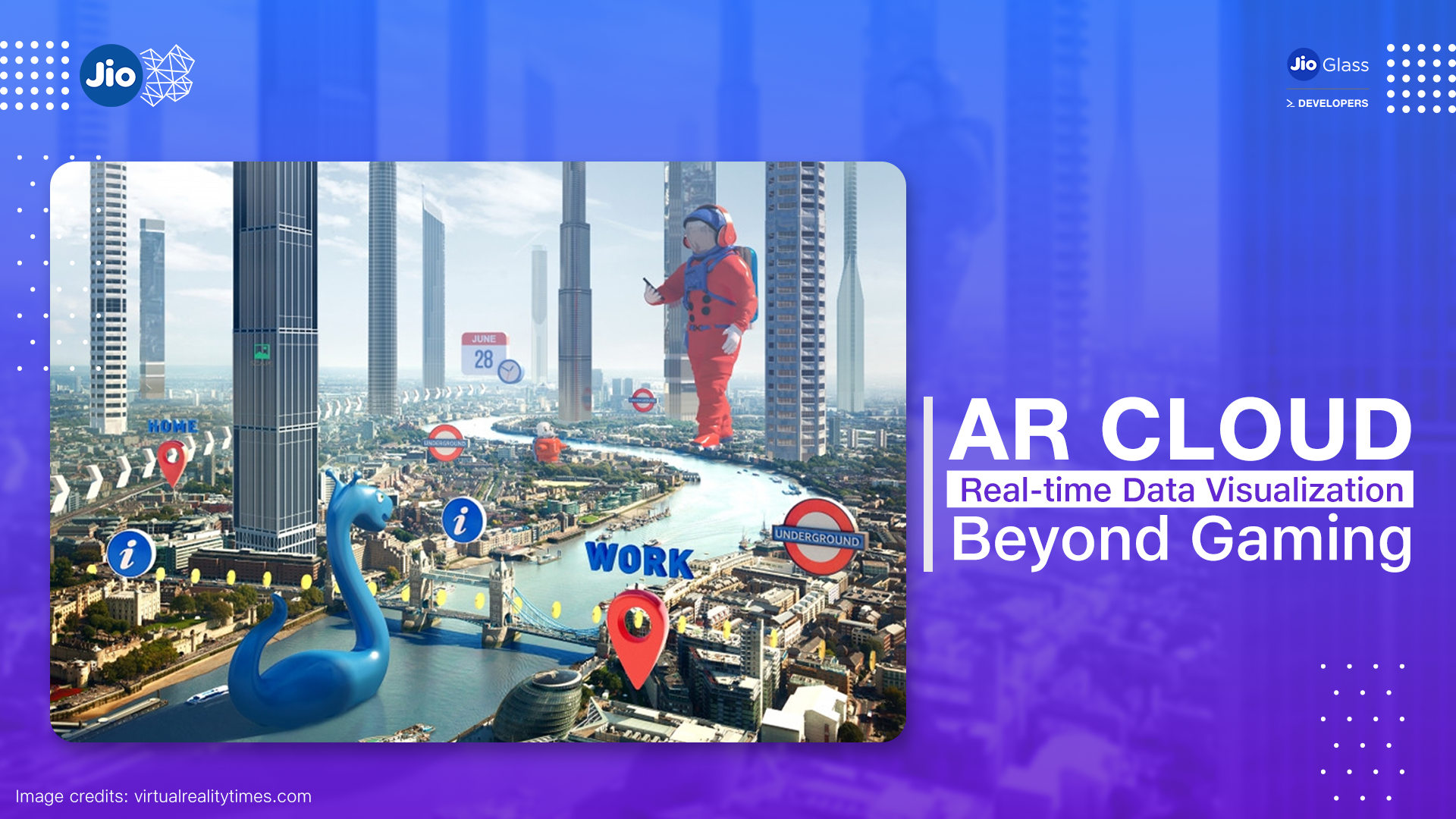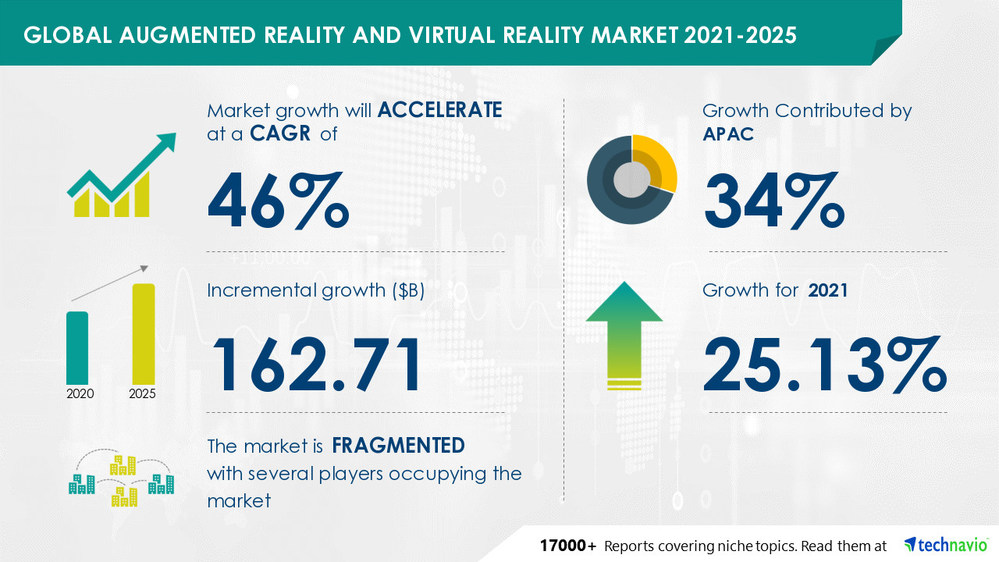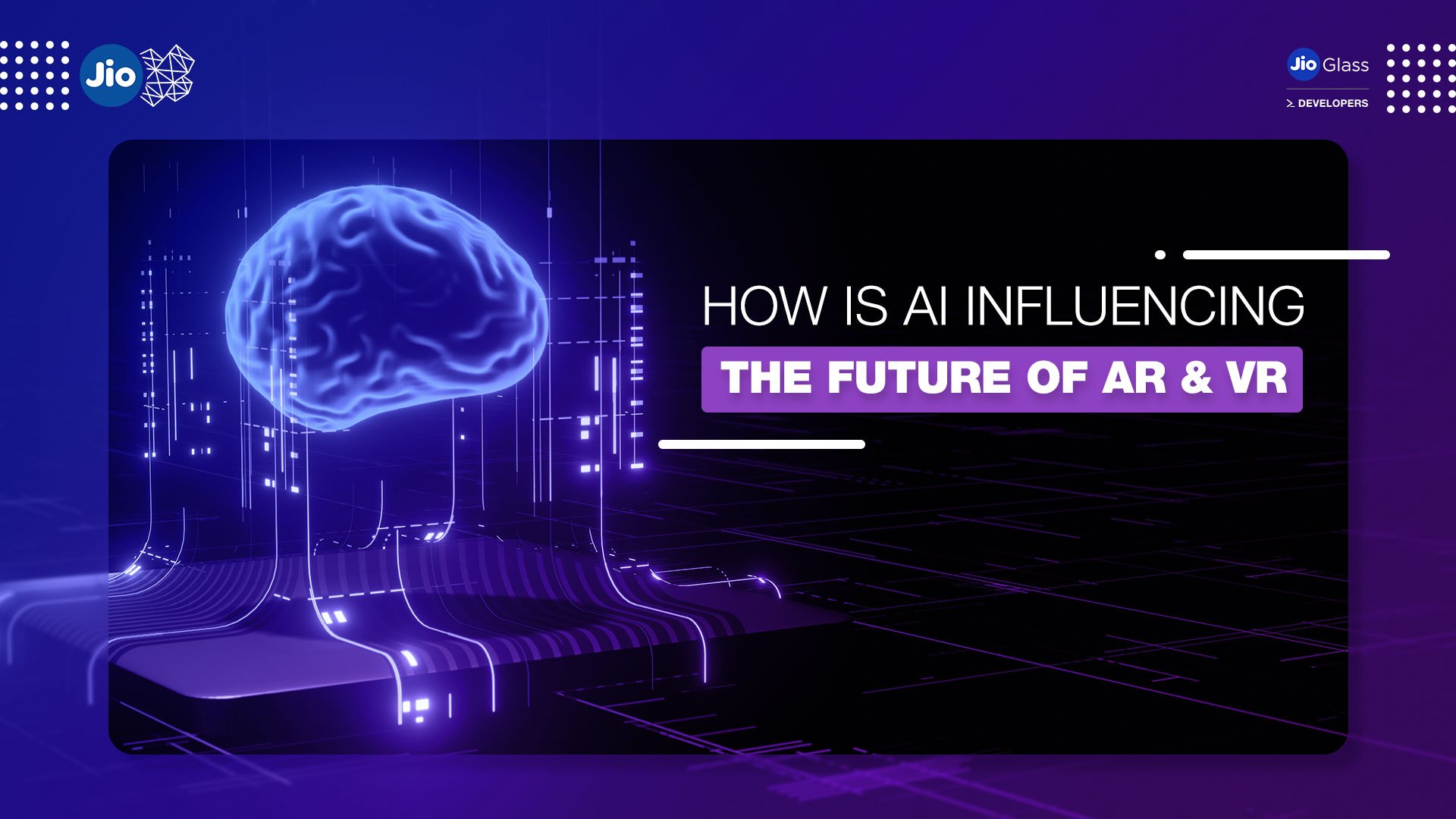AR Cloud — Real-time Data Visualization Beyond Gaming

Did you know that the virtual and augmented reality market grew from 28 billion dollars in 2021 to 250 billion by 2028? It is safe to say, this market is increasing, and it is expected to expand beyond gaming.

Source: AR/VR market size
What has driven VR and AR to the next level of popularity is the ability to stream real-time data. Beyond games, it also plays a considerable role in various use cases across multiple industries. Take predictive maintenance which helps to prevent equipment failures before they happen. It is gaining in popularity as much as Big Data is. This means that real-time visualizations are playing a role but need fully custom systems.
AR Cloud-The Rise of Persistent World Layers
The AR cloud is essentially a digital 3D map of the world. With its ability to map, store and share data about the physical world around us, it has the potential to be a powerful tool for both developers and customers alike.
It is composed of three layers:
- The first layer is the real-time visualizations layer, which allows us to see our surroundings in augmented reality. This layer would use a combination of sensors, cameras and other devices to capture information about what's going on in our immediate vicinity and then display it on our screens. We could even share this information with others through social media platforms like Facebook or Twitter.
- The second layer is the persistent world layer, which allows us to interact with objects in our environment by touching them or moving around them via gestures. For example, if you're playing a game that involves collecting coins, you could pick up coins by tapping them on your screen (in much the same way as you might tap an icon on your phone). Or, if you're playing an immersive role-playing game, you could use hand gestures instead of mouse clicks or keyboard shortcuts.
- The third layer is the persistent character layer which allows us to create characters that exist online to interact with them whenever we want without spending time customizing them each time we play a new game.
AR Cloud Extends Real-Time Visualizations Beyond Games into Work and Life

Source: AR/VR Market Growth
The AR Cloud will extend the capabilities of the current real-time data visualization technology. The following will occur seamlessly:
1) Visualise data with real-time 3D
Imagine visualizing your data in 3D and then moving it around in space as if it were there. That's what you'll be able to do with AR Cloud technology, which will be able to translate your 2D images into 3D visualizations that can interact with actual objects in the physical world.
Companies can use this technology to understand the context of their operations. They can create a factory floor model, for example, and see how many workers are on each shift and where they are located. They could also use it to optimize the workflow in their factories by seeing what happens when they change something about production.
2) Improved accuracy in tracking physical objects
If you're working with tools like AR/VR, you probably know how important it is that they're precise—and frequently, they aren't as accurate as we'd like them to be because there are too many variables involved (like lighting, movement, etc.). With an AR Cloud, though, those variables disappear because everything happens within one system: there's no need for multiple devices or interfaces when everything is happening on your phone screen!
With AR Cloud technology, you'll be able to track physical objects like never before—even when moving through space at high speeds or changing shape, like a piece of paper blowing in the wind or a person running across a field (or even underwater!).
3) Real-Time Shareability
The AR Cloud allows you to share your experience with others in real-time so that everyone can experience it together. Imagine being able to share your vacation photos with family members who couldn't make it or seeing how a new piece of furniture would look in your living room before buying it!
A doctor can use an AR application to visualize an MRI scan or X-ray in front of them while talking to their patient. This gives them a better understanding of what is wrong with them and allows them to make quicker decisions about treatment options.
4) Increase in Productivity Across Industries – Medicine, Retail, Business
The AR Cloud provides endless opportunities for increased productivity across industries. It can speed up development times while allowing users to collaborate on projects seamlessly without traveling across distances or even speaking different languages (which often slows down communication).
With the help of this technology, doctors can instantly see what's happening inside their patients' bodies without having to perform invasive procedures; store managers can see how customers are interacting with their products, and business owners can see what's happening in their offices at any time of day or night.
The Bottom Line
The time is now to start thinking about how your organization could use this technology to improve its efficiency and appeal. AR Cloud has enormous potential across many industries and will form the basis for many transformative technologies.
The JioGlass Developers Program aims to change the way consumers and businesses view marketing, travel, education, art, sports, and more. We will be providing you with a platform to showcase your AR/VR content to the world. We’re beyond intrigued by the endless possibilities of emerging tech and its use in the future.
Sign up for the #JioGlass Developers Program Here! 👉 Click Here

